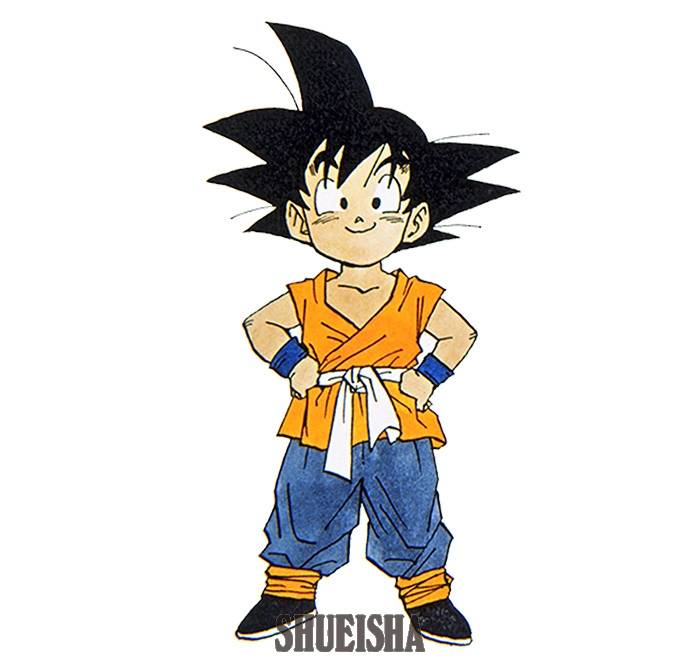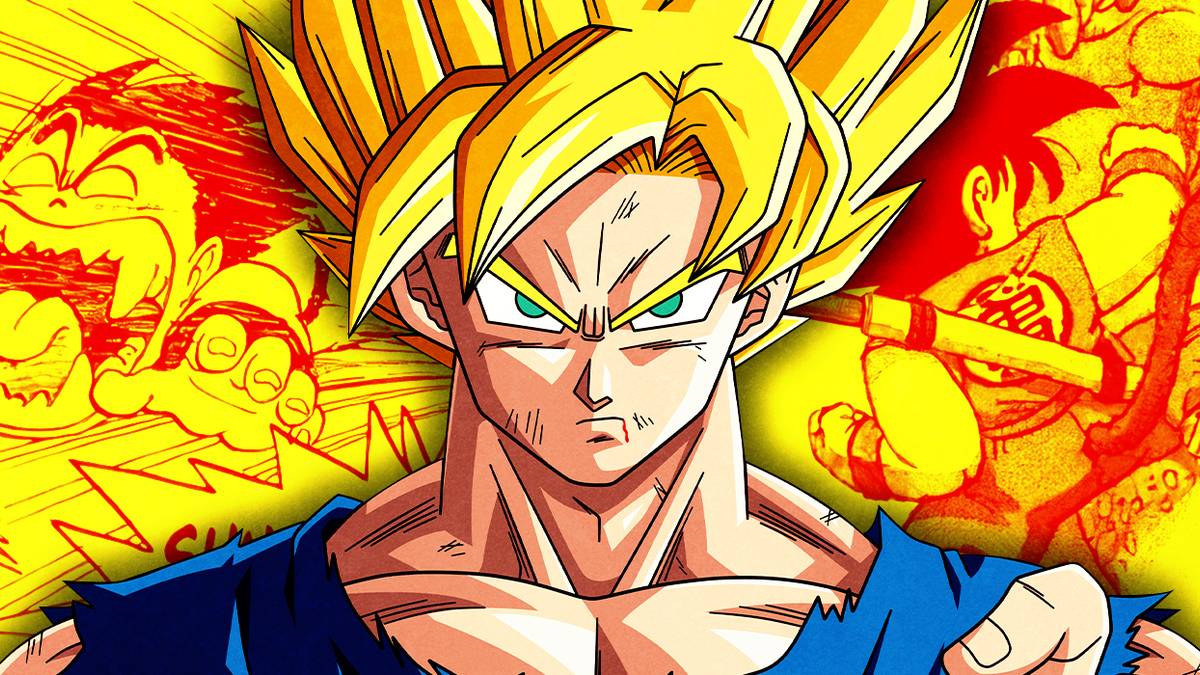A rare piece of Dragon Ball history has resurfaced, as the franchise unveiled Akira Toriyama’s 30-year-old character design for Goku from the divisive sequel series that remains one of the most debated entries in the franchise.
The official Dragon Ball website has been consistently releasing rare-to find character designs, concept art and other images rife in history through its popular Toriyama Archive feature. This time around, it is the original 1995 character design for Kid Goku from Dragon Ball GT that made its way out from the vault. The full-color design shows the version of Goku who reverted to his childhood form, confidently standing with his hands on his hips. He sports a unique gi featuring an orange top reminiscent of the Kame School uniform, but paired with blue pants and wristbands, echoing his attire from the very beginning of Dragon Ball.
Toriyama’s Original Character Design for Goku from Dragon Ball GT Revealed

Character design of kid Goku from Dragon Ball GTCredit: Image via Shueisha
This character design was first published in Weekly Shonen Jump in 1995, Issue No. 43, on Sept. 26, 1995, as part of the promotional run for the anime. For Dragon Ball GT, Akira Toriyama’s role was primarily as an initial conceptual artist. He developed the core character designs for a young Goku, a teenage Pan, a more mature Trunks, and their robot companion Giru, before character designer Katsuyoshi Nakatsuru took them over. Goku’s reversion to his childhood version forms the crux of the plot, which follows the now young hero and his companions as they travel across the universe to retrieve the Black Star Dragon Balls responsible for his transformation.
Dragon Ball GT, an anime-original series produced by Toei Animation, is often regarded as the “black sheep” of the franchise. To ensure a degree of continuity, the project was handled by many veteran staff members from the Dragon Ball Z anime, including series director Osamu Kasai, scriptwriter Atsushi Maekawa and even Nakatsuru. Despite this, the lack of major involvement from Toriyama in the series’ plot was perceived as a major drawback, with some critics over the years accusing GT of being greenlit primarily to capitalize on the success of the franchise’s previous installations.
Though GT did make some bold creative choices, the series is often looked down upon for its initial tonal shift back to adventure, a lackluster plot and the decision to sideline the majority of the Z warriors, including Piccolo and Vegeta, who had become fan favorites in their own right. The eventual release of Dragon Ball Super as a direct sequel to Dragon Ball Z has, in the eyes of many, made Dragon Ball GT seem even more irrelevant in retrospect.
However, some of GT’s core concepts have proven to have a lasting impact. For instance, Dragon Ball Daima, the latest anime installment in the franchise that is now poised to carry the Dragon Ball universe forward, revisited the idea of transforming its powerful heroes back into children. Additionally, Super Saiyan 4, which was first introduced in GT, was made canon in Daima, suggesting that the controversial series indeed did have ideas that were way ahead of its time.

